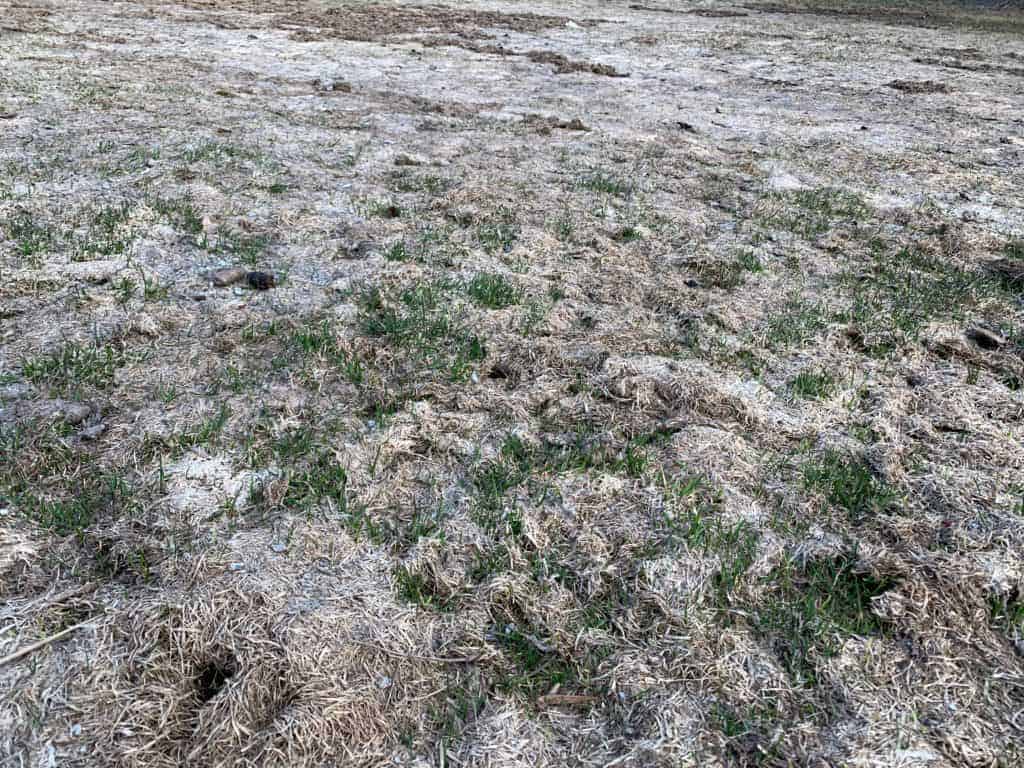6 Lawn Care Tips for Summer
These 6 lawn care tips for summer give your grass and yard the best chances for the best-looking yard on the block.
1. Water your lawn in the early morning hours
The ideal time to irrigate your lawn is from 4 am to 10 am. Watering at night can lead to fungus growth. Using the suggested times allows your lawn to absorb enough water and also keep some water in the grass as the temperature rises.
2. Mow your grass at the correct height
Generally speaking, mowing your lawn at 3 inches is best for summer weather. This helps the soil stay moist and your grass grow deeper stronger roots.
3. Keep your mower blades sharp
Dull blades cut the grass blades with jagged edges leading to a dryer lawn than if you use sharp blades. Plan on sharpening your lawnmower blades once a year.
4. Use the correct fertilizer at the correct time
Fertilizing incorrectly in the summer can lead to big problems. Make sure to use a type of lawn feed specifically designed for summer use.
5. Spot treat weeds
Attacking problem weeds in your lawn that crop up during the summer helps combat the spread throughout your yard. Just spot treat them rather than treating your entire lawn.
6. Leave your lawn clippings
Using a mulching lawn mower or just allowing the clippings to stay on the lawn helps to feed your grass. The clippings break down and help create a strong healthy lawn. Then plan on dethatching in the following spring.
Use these 6 lawn care tips for summer and dominate your neighborhood!






